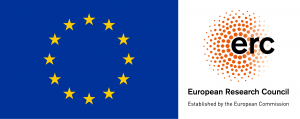#SemioPills 1: Massimo Leone
We are happy to launch our series of video-interviews with the most prominent scholars in the field of semiotics of religion, and to start with Massimo Leone.
Massimo Leone is Full Tenured Professor of Semiotics at the University of Turin, Italy, and at the University of Shanghai, China. He is a specialist in visual and art semiotics and an international leading figure in the field of semiotics of religion. He is the author of hundreds of papers and of an impressive number of single-authored and edited books, written in at least four languages and concerning the most diverse subjects, among which religious fundamentalism, sacred iconography, and digital spirituality.
These are the questions we asked Massimo:
- Would you please tell us what are the specificities of the semiotic approach to religion?
- What are the possible interactions and intersections between the semiotics of religion and the other so–called applied semiotics?
- According to your research and experience, what are the main distinctive features of the contemporary sense of religion and of contemporary religious practices?
- In what fashion can semiotics help studying and understanding — and maybe contrasting — religious extremisms?
- Could you tell us more about your education and your scholarly and academic route? How did you end up dealing with the semiotics of religion?
- What essays or books would you suggest for a very first introduction to semiotics of religion?
You can find his answers in the following video.

